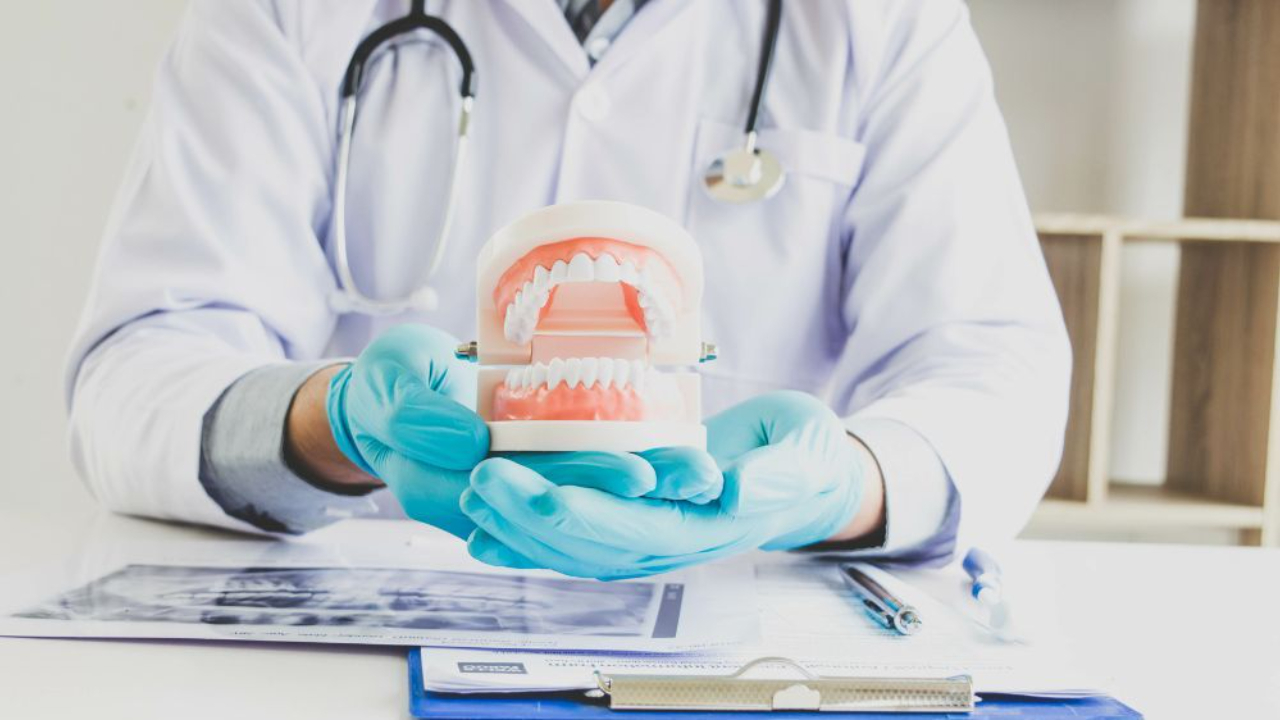A Quick Guide to the Different Types of Dental Grafts

Bone grafts restore deteriorated jawbones to create a solid foundation for an upcoming dental implant. If your patient’s dental implant is going to be successful, they need a sturdy foundation to keep the screw and crown stable. Knowing the ins and outs of the different types of dental grafts is an essential skill for any dentist wanting to perform implants. Brush up on your knowledge of dental bone grafts and the materials they use with this quick guide.
Autograft Bone Graft
Dental bone grafts get their names from the type of material they use to supplement the jawbone. The term autograft refers to a bone graft that uses tissue taken from the patient’s body. Because the material comes from the patient themself, autografts have a lower risk of rejection.
An autograft dental graft typically uses bone from the patient’s chin or ramus of the mandible. However, if the bone deterioration affects the entire mouth, doctors may take tissue from other areas, such as the hip or shin.
Allograft Bone Graft
Allografts use tissue from donors. Because the grafted bone comes from an exterior source, allografts run a small risk of infection or rejection. However, modern science allows doctors to find compatible matches and thoroughly treat donor bone, minimizing risks for dentists and their patients.
Xenograft Bone Graft
With a xenograft dental graft, dentists use bone taken from animals—usually cows or pigs. These bone samples undergo significant processing before reaching the patient. The result is a sturdy graft consisting largely of mineral components. One of the greatest advantages of xenograft dental grafts is that these bone samples are readily available at any given time. However, like with allografts, xenografts do run a small risk of infection because the material comes from an outside source.
Alloplast Bone Graft
Alloplast bone grafts stand out from other types of dental grafts because they use artificial grafts consisting of synthetic materials, minerals, or similar components. These grafts are hard and durable, making them ideal for reinforcing the jawbone before an implant. Additionally, because these synthetic grafts are readily available, alloplast grafts are common in the dental industry. Alloplasts also have zero risk of disease transmission, making them a safe and reliable option for the procedure.
If you want to offer your patients the best care possible, you need to continuously refresh your knowledge and hone your skills. That’s why Simply Implants Institute offers hands-on dental bone grafting courses for post-graduate dentists. See how our bone grafting CE courses can further elevate your career when you visit us today.
